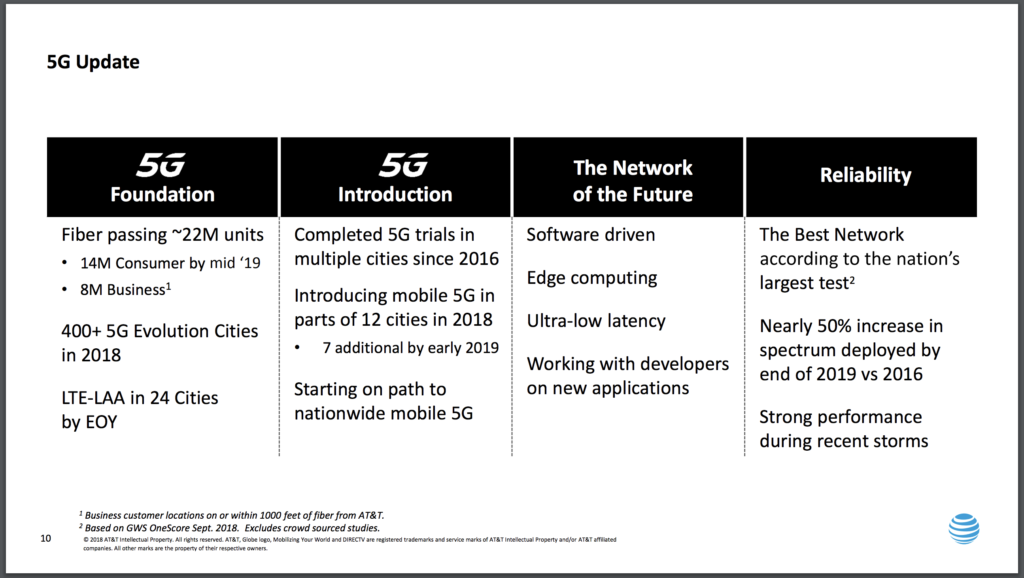
Continuing with my series on unexpected windfalls and other business benefits realized from socialworking, here are two more examples. I need to anonymize these to protect the member companies. One is a large retailer, the other is a large life sciences multi-national.
Social Delivers the Goods (and more)
We’ve all had that experience when we waited for that shiny, new appliance to be delivered. In this case, it was a washing machine. Our member, a large retailer, prides itself on its service to customers in its appliance department. When the delivery driver arrives at the home, they pick up the old appliance, install the new, test it for 15 minutes, and teach the homeowner how to operate it.
This leading retailer delivers thousands of appliances every day. Delivery drivers (independently) were starting to see problems with a particular model of washer. As it turns out, a fitting on the back of the washer had been changed by the manufacturer, and they were leaking after installation. The vendor didn’t know about it, the merchant didn’t know, and the drivers definitely were not informed the manufacturer had made the change. But, the same problem was presenting itself around the country from different stores delivering the appliance.
A few of the delivery drivers turned to the company’s community space and asked, “Is anyone getting leaking problems on this model of washer?” Once they realized what happened, they were able to stop a problem that would have been a major issue in returns, liability, flooding basements and utility rooms, simply because the manufacturer had decided to change the fittings and didn’t inform the merchants. (Do I hear social supply chain anyone?)
The activity stream of collaboration and sharing got the message to the merchants and back to the vendor and the problem was fixed in a matter of weeks vs. months. Without a social platform for this mass-scale type sharing, it could have racked up hundreds of thousands of dollars in damages to customers’ homes, diminished customer experience, aggravation, etc., before it bubbled to the surface in a meaningful way. “The platform gave them the opportunity to share. Now, the enterprise has to listen,” said our member.
The rewards of over-sharing
Many of our members (some say, like Sisyphus) are trying hard to change the culture at their large organization to encourage new social behaviors. One of the killer tools in the social toolkit is the “work out loud” axiom. Work out loud dictates that rather than burying your work in email threads or unsharable telephone calls, you publish what you’re doing and thinking online in a collaborative space (all day long) so others can learn what you know, and likewise, you can mine the intelligence of others’ expertise and experience. This sort of thinking often falls into criticism from those who are not enmeshed in social business transformation. The particular vignette I’m about to discuss cropped up in a thread in the Council where I was grousing about grief I was getting in our Enterprise Irregulars back channel on social business. My EI compadre, Esteban Kolsky, had expressed his opinion on all things social with this comment directed to me:
“…that has nothing to do with being social, and they are not mutually exclusive. you can collaborate without being transparent or authentic – and the whole Kumbaya aspect of being social has been overplayed and shown to have not correlations with real business results. The whole “social” revolution is not about producing more data (as most people expect) but about purposeful engagement in new channels – which if you did not know how to do before, you cannot do now. Know who you engage and how, not just throw you stuff out there for everyone to pick it up. Twitter is no more than an awesome and free PR tool, not an engagement network. Facebook is no more than a way to stay in touch with friends and family. If you can prove otherwise, I am listening- but the people with the best results in the “social” world will tell you it is not simply about “being out there” or being transparent or authentic or collaborative.“
Of course, I politely disagreed with Esteban, but in the subsequent discussion with the Council members, a number of great gems emerged to reinforce my opinion. One of which is the following shared by one of our Life Sciences members:
“Serendipity happens. If you just wait to share until someone ‘needs to know’…you miss potential opportunities. We had this happen a few weeks ago. A marketing person shared information openly to create awareness about their approach to a new project…and someone from research saw it, and commented about some existing data from her department along the same lines. The two teams got together offline as a result and saved us tons of money thanks to knowledge re-use and reduced duplicate effort. Without just ‘being out there’ for the sake of ‘being out there’…that wouldn’t have happened because we are too large to identify all those opportunities on purpose.”
I asked him if he could quantify the savings. He investigated it and related this to us:
Savings from serendipity: $250K – a planned research project was cancelled thanks to the shared learning across departments. The existing data was determined to be more informative toward the cause than what the new project would have generated anyway.
Increased Sales: Sales projections estimate a potential sales increase of $30M over 5 years, thanks to the improvements applied to the marketing approach.
Intangibles: Better insight into customer experiences, leading to improved resources that aid in providing better outcomes for the consumer.
So, by being transparent, authentic, and collaborative in this new way, the member company decreased operational expense by $250K and potentially added $30M in future sales from this single event.
Another member, Joachim Stroh, summed up the conversation neatly with this illustration.
Enjoy!
















